Monday Oct 27, 2025
Monday Oct 27, 2025
Saturday, 10 August 2019 00:00 - - {{hitsCtrl.values.hits}}
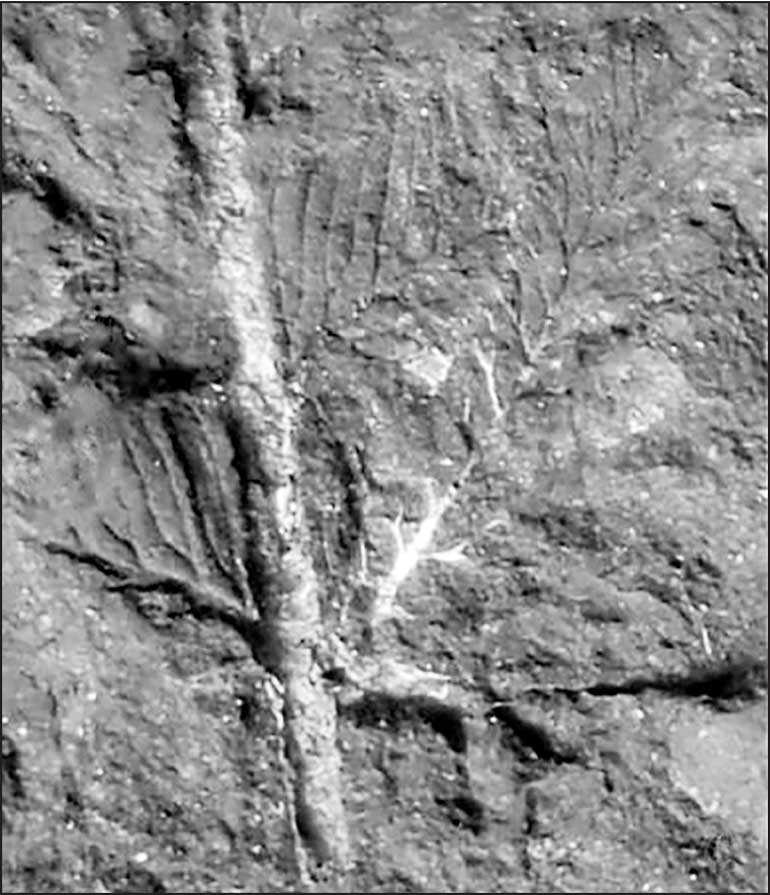
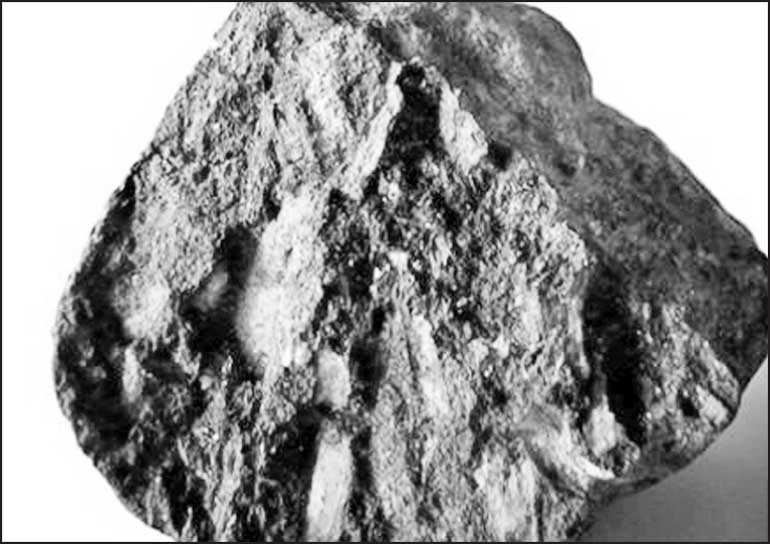
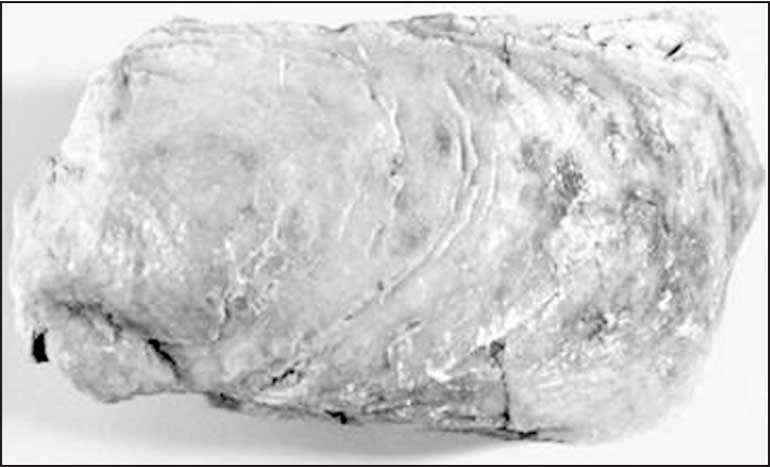
Dr. Raj Somadeva, Senior Professor in Archaeology at the Postgraduate Institute of Archaeology in Colombo and founder Fellow of the Sri Lanka Council of Archaeologists, explains how understanding the natural history of Sri
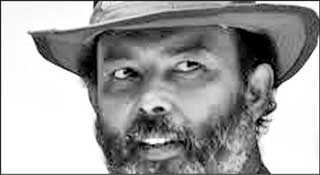 |
Dr. Raj Somadeva |
Lanka is essential to understanding our indigenous knowledge. This interview is the beginning of the series that the Harmony page will be featuring on Sri Lanka’s indigenous identity. Following are excerpts:
Q: Sri Lanka has a legacy of a deep cultural history that goes back for several millennia. During this period people had developed the most rational way of living with what we now called ‘indigenous knowledge’. Without considering the natural environment, we are unable to understand that knowledge properly. How do you explain the state of the ancient natural environment Sri Lanka had experienced?
A: Yes, we must be aware of the natural history of the country before entering into a discussion on indigenous knowledge. The question you raised relates more to geology than archaeology. We have some understanding on the past environment stemming from very archaic geological eras to the present in Sri Lanka. Since its landmass 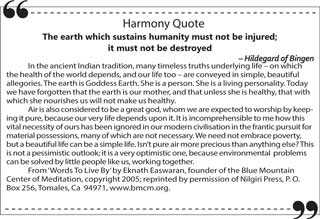 separated from the mainland India c. 7,000 years ago, Sri Lanka became an independent island surrounded by the mighty Indian Ocean. This geological detachment was preceded by the drift of the Asian continental plate which is a slow-moving but continuous vibration of the continental earth on the sea-bed explained in the theory of continental drift by Alfred Wegner in 1916. This enigmatic idea was initially expressed by a Brabantian Geographer, Abraham Ortelius, in 1596. Geologically the period of this split-up is known as the Holocene epoch which is the most recent phase of the climatic history of the earth. Isolation of Sri Lanka as an island had a tremendous impact on shaping its ‘island characters’ both in the facets of ‘nature’ and ‘culture’ throughout the history.
separated from the mainland India c. 7,000 years ago, Sri Lanka became an independent island surrounded by the mighty Indian Ocean. This geological detachment was preceded by the drift of the Asian continental plate which is a slow-moving but continuous vibration of the continental earth on the sea-bed explained in the theory of continental drift by Alfred Wegner in 1916. This enigmatic idea was initially expressed by a Brabantian Geographer, Abraham Ortelius, in 1596. Geologically the period of this split-up is known as the Holocene epoch which is the most recent phase of the climatic history of the earth. Isolation of Sri Lanka as an island had a tremendous impact on shaping its ‘island characters’ both in the facets of ‘nature’ and ‘culture’ throughout the history.
Q: Walking through the darkness of the time tunnel is a challenging task even for the scientists. Especially the reconstruction of the physical environment of the past would be an arduous one. Can you tell us how scientists are confident on this issue?
A: Nature, or in other words, the physical environment, is biologically dominated by its composition of flora and 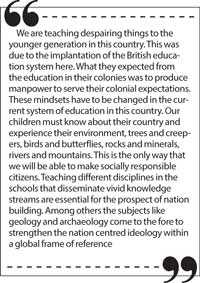 fauna. Sri Lanka has a legacy of longstanding evolutionary history of her physical environment which would be an interesting and curious topic for discussion. Before probing this inquisitive subject, it is essential to look at the existing evidence that help to understand the geological history of our landmass. Some of the genius geologists who worked for Sri Lanka had made painstaking efforts to explain the history of this landmass. Geological knowledge provides us a certain window to look at some of the deepest points in the past, especially the physical aspects, with a scientific credibility.
fauna. Sri Lanka has a legacy of longstanding evolutionary history of her physical environment which would be an interesting and curious topic for discussion. Before probing this inquisitive subject, it is essential to look at the existing evidence that help to understand the geological history of our landmass. Some of the genius geologists who worked for Sri Lanka had made painstaking efforts to explain the history of this landmass. Geological knowledge provides us a certain window to look at some of the deepest points in the past, especially the physical aspects, with a scientific credibility.
Most of the geology existing in Sri Lanka was formed during the geological epoch known as the Precambrian era which goes back to two billion years. This is marked by the existing distribution of rocks and minerals categorised under the ‘Highland series’ and the ‘Vijayan series’. The former includes rock types of gneisses, quartzite, marbles and rarely some charnokites, dominated by granites and granatic gneisses. It has been also reported that a geological deposit formed in a narrow belt along the western coast in the Puttalam District during the Jurassic epoch has been estimated to 201 to 145 million years ago. The limestone deposit which lay underneath the present surface in the north western littoral area in Sri Lanka shows us the geology of Miocene epoch set forth 20 million years ago and ended five million years back in time. Our knowledge about the natural environment of those remote periods is extremely inadequate and only confined to a few fossilferous specimens of floral imprints and fossils of some faunal species.
Q: ‘Jurassic’ is a popular notion even among youngsters in the country. When they hear this word they may recall memories of ferocious dinosaurs. How do we perceive the physical environment that prevailed during that time in Sri Lanka?
A: To address this issue once again we must turn to geology. Some of the faunal and floral varieties of the Jurassic epoch were buried in the soil and subsequently left imprints and fossils on rocks. When the soil sediments were pressurised by other overlaid soil deposits through the continuous deposition across time, the former gradually become a hard sedimentary rock. Those fossils and remnant imprints registered inside the hard rock have been preserved for a long time. Geologists have been able to identify such Jurassic fossils from some places in Sri Lanka.
However the distribution of the Jurassic geological formation in Sri Lanka is exceedingly isolated. Three such deposits have been identified in three locations viz. Tabbova, Andigama and Pallama in the North Western Province. During that period, the Sri Lankan landmass was connected to a large paleo-continent called the Gondwanaland which was formed by present day Africa, Madagascar, South America, Australia and India. Researchers (Edirisooriya and Dharmagunawardhana 2013; Sumanarathne et al 2016) have published some fossil imprints they recovered from the Jurassic geological beds in Sri Lanka representing a few illustrious examples of Jurassic flora and fauna. Such findings help us to reconstruct the natural environment of the Jurassic period.
Q: What is the evidence recovered and how can one understand the natural environment that existed in Sri Lanka during such a long period?
A: Well, we are optimistic on that to a certain extent. Identified Jurassic floral varieties represent Coniferous trees, Pteridophyta and Cycade plants and plants which belong to the order Bennettitales like Ptilophyllum, Otozamites, Zamites, Dictyozamites. Bennettitales are a variety of seed plants now extinct. Coniferous plants are the plants that produce seeds on the surface of cones. All conifers bear cones and have needles or scale-like foliage. Conifers are well adapted to grow in cold weather and in acidic soils. Cycade plants look similar to palm trees with branchless stems and a crown of leave at the top of the tree. These plants preferably grow in dry tropical environments that have fairly good drainage. Most of the Pteridophytes are tree ferns that have a full trunk like ferns, horsetails and club-mosses. Those prefer shady and moist habitats to grow. The existence of such plants during the Jurassic in Sri Lanka tell us that contemporary environment was generally colder and wet than the present but dry characters also remained within the tropical climatic regime.
Q: Most of the people are willing to learn about the animals that lived in that period, because the Jurassic period is well known for dinosaurs. Do we have any faunal evidence from this period?
A: Yes, we have some scanty evidence to look at this aspect. We do not have sufficient evidence to show the presence of mega-fauna such as dinosaurs, etc. in that period in Sri Lanka. The available findings of floral imprints suggest the presence of insects at that time. Researches (Edirisooriya et al 2013) have identified that some irregularities they observed on the fossil imprints of the floral leaves as damages caused by insects and also the signatures of their eggs on the leaves. It needs a systematic research program to study that valuable fossil evidence to make a big picture on Jurassic fauna in Sri Lanka.
Q: You mentioned about another period called Miocene. Can you explain further and describe the environment of that period?
A: The Miocene epoch started 20 million years ago and lasted up to five million years before the present. We have comparatively rich collections of fossil records to understand the life that prevailed in Sri Lanka during that period. Unfortunately the identified formations represent the marine environment while limiting our knowledge on terrestrial animals of the period. Miocene geology is clearly visible in the marine environments in the north, north western and south eastern regions of the country.
Minihagalkanda on southern coast is a promising location of Miocene deposits. The entire Jaffna peninsula is covered by Miocene geological deposits and the most encouraging location is Aruwakallu, situated 25 km north of Puttalam. The identified fauna from Aruwakallu represent both vertebrates and invertebrates preserved in fossilised form. This assemblage consists of calcified algae, foraminifers, echinoids, gastropods and corals.
We do not have evidence to prove whether there was human existence during the geological eras we discussed above. More information could be obtained from both the archaeological remains which belonged to the later geological period especially the Pleistocene and the early Holocene periods. Anatomically-modern humans had
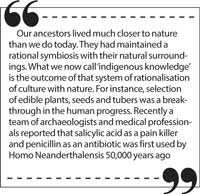
arrived in Sri Lanka during the Pleistocene period and we have a good knowledge on the Pleistocene environment constructed on the excavated materials.
Q: Do you think that if natural history is taught from a very young age by weaving this subject innovatively into the general school syllabus that the kind of abuse and lack of respect we are inflicting on mother earth and our fellow creatures could stop?
A: Yes, indeed. We are teaching despairing things to the younger generation in this country. This was due to the implantation of the British education system here. What they expected from the education in their colonies was to produce manpower to serve their colonial expectations. These mindsets have to be changed in the current system of education in this country. Our children must know about their country and experience their environment, trees and creepers, birds and butterflies, rocks and minerals, rivers and mountains. This is the only way that we will be able to make socially-responsible citizens. Teaching different disciplines in the schools that disseminate vivid knowledge streams are essential for the prospect of nation building. Among others the subjects like geology and archaeology come to the fore to strengthen the nation-centred ideology within a global frame of reference.
Q: You have through archaeology delved into our various indigenous knowledge patterns. In another 100,000
years we too would be ancient past. Do you think our present knowledge, measured largely through our science and technological innovations, is superior to that of the past? How can we use the knowledge from the best of both worlds for more holistic living and not use technological advancement for ruining the earth (such as producing more and more non-biodegradable products)?
A: Our ancestors lived much closer to nature than we do today. They had maintained a rational symbiosis with their natural surroundings. What we now call ‘indigenous knowledge’ is the outcome of that system of rationalisation of culture with nature. For instance, selection of edible plants, seeds and tubers was a breakthrough in the human progress. Recently a team of archaeologists and medical professionals reported that salicylic acid as a pain killer and penicillin as an antibiotic was first used by Homo Neanderthalensis, 50,000 years ago. The wheel was invented not by the modern scientists. Our ancestors knew the basic principles of nature. They used fire for cooking. We must not forget that humans are creatures of nature. We used to think that the modern science and technology are superior achievements of the human race. It is absurd. Excessive use of fossil fuel and over-exploitation of natural resources will definitely pull the human race again into another Stone Age in the future.
Q: One could sometimes look at geology and archaeology as subjects that are almost mystical. I mean, through these subjects we look at diverse ancient time periods from the lens of a stone or leaf or an object that was constructed by our ancestors thousands of years before. When one contemplates on these mysteries that geology and archaeology bring forth, all the petty conflicts of today that make headlines fade and one is left only with the knowledge that the present century and all its manmade sagas are just a fleeting moment. Your comments?
A: Both archaeology and geology are material sciences. A number of theoretical models have been developed in such disciplines to keep the scientific rigour of the knowledge produced by them up to the required standards. Probably one could say such knowledge is mystical. In a philosophical sense everything we perceive in this world are mystic. We identify lines, but there are no lines because in reality a line is a series of dots. A dot is an accumulation of hundreds of tiny pixels. Then where are the lines and dots? Evidence is independent but interpretations on such evidence are dependent. They are dependent because interpretations are guided by our
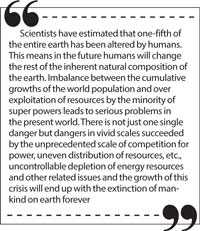
idiosyncratic perceptions. Yes indeed we are experiencing limitless series of fleeting movements, ultimately what we call ‘life’.
Q: As a naturalist and scientist what do you think is the biggest danger to the planet today?
A: Scientists have estimated that one-fifth of the entire earth has been altered by humans. This means in the future humans will change the rest of the inherent natural composition of the earth. Imbalance between the cumulative growths of the world population and over exploitation of resources by the minority of super powers lead to serious problems in the present world. There is not just one single danger but dangers in vivid scales succeeded by the unprecedented scale of competition for power, uneven distribution of resources, etc., uncontrollable depletion of energy resources and other related issues and the growth of this crisis will end up with the extinction of mankind on earth forever.
Q: Through your excavations have you come to know what our ancient-most medicine knowledge was like? Could you shed some light on this?
A: Yes, we found an adequate sample of charred floral seeds to look through their medicinal aspect. Some of the seeds have been dated to 3400 BC. The identification of individual seeds in the collection is in progress by the specialists. I think we have to wait for some time to get the analysis results to get a big picture of ancient medicine knowledge in this country.